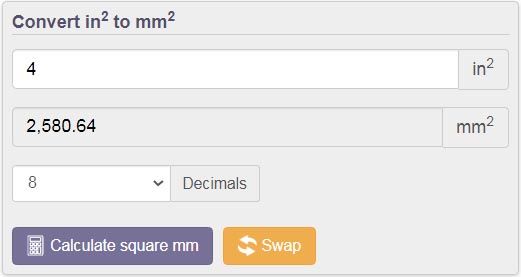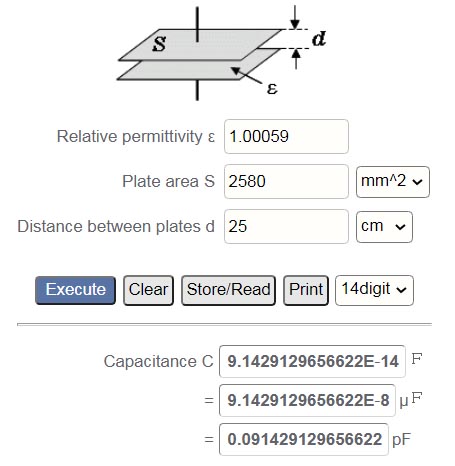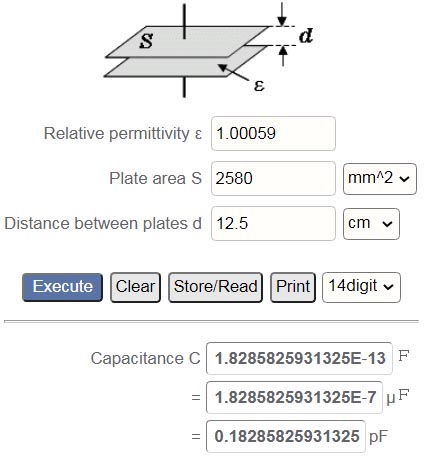"The way I see it the plate size formulas seem to work at a specific frequency and not equally across the 100 kHz to 1 MHz spectrum? You throw in all these variables trying to justify why the formulas you use do not seem to fully work." - oldtemecula
Skin effect could creep and cause some differences in I suppose, but the C response will largely be the same over that frequency range.
Plate formulae only addresses mutual C, and otherwise are too simplistic to use when, say, researching Theremin linearity. "That Glasgow paper" came up with a very hand-wavy formula - and lacking anything better I ended up relying on it for way too long. Obtaining real data between my own hand and various antennas finally nailed this down for me. Performing the "Capactive Clara" Fastcap FEA simulations gave me a deeper understanding of intrinsic vs. mutual that I don't believe is obtainable via physical measurements, and also provided finer differentiation regarding sensitivity and linearity among antenna geometries. This is a non-trivial problem, there is a lot to learn here, and TW is the place to learn it. I think one could take the data and come up with a closed form approximation, which would be nice, but it isn't essential in order to use the data directly. One can work the data backwards through the LC and come up with the total C that the antenna "sees" for that data set, then play with various LC circuit topologies, EQ inductors, etc.
"Capacitance rules are rigid where antenna current flow varies with frequency and load. This is why when someone is in the Pitch Field and they touch a grounded object the pitch shifts a bit, how does Hand Capacitance explain that obvious effect?"
C return through ground (completing the loop of conduction) explains it. The player is usually only capacitively coupled to ground, and when capacitors are in series (C1 = antenna to hand, C2 = body to ground) the result is smaller than the smallest C: Cseries = 1/(1/C1 + 1/C2 + ...). So the player touching a ground shorts out C2, leaving full C1, which is like bringing the hand nearer, so this reduces the frequency of the variable oscillator and increases the pitch.
"My main goal is not change anyone's religion..."
There are aesthetic issues that may drive one to - or away from - various aspects of the Theremin, but any Theremin functions on a purely physical plane, regardless of whether one correctly or incorrectly understands how they operate. One generally needn't abandon one's religion in order to discuss the design and construction of them, and incorrect understanding is an impediment to good design. I don't see how any of this could be construed as even vaguely controversial (then again, we have the current anti-maskers brigade of dangerous idiots).
"Edit: My project today is to better understand unwanted 50/60 Hz influencing the Pitch Antenna circuit. The antenna is showered with rogue Magnetic Fields, do you agree?"
No. There are certainly magnetic fields around, but the mains frequency is so low that the photons are incredibly weak. But we are bathed in a mains electrostatic field, which directly interacts with the Theremin antennae like a quickly flapping hand.
A choke from antenna to ground, with low XL @ 50/60 Hz and high XL @ the oscillation frequency might do it, though that is the case for simple LC Theremins anyway (one end of the coil is directly attached to the antenna, and the other generally has a low impedance path to ground).
An antenna series C won't help either because the intrinsic C is much smaller. Intrinsic C is actually the way the mains electrostatic field conducts to the Theremin, and I've seen conduction via mutual C as well: the hum increases the closer the hand gets to the antenna.





